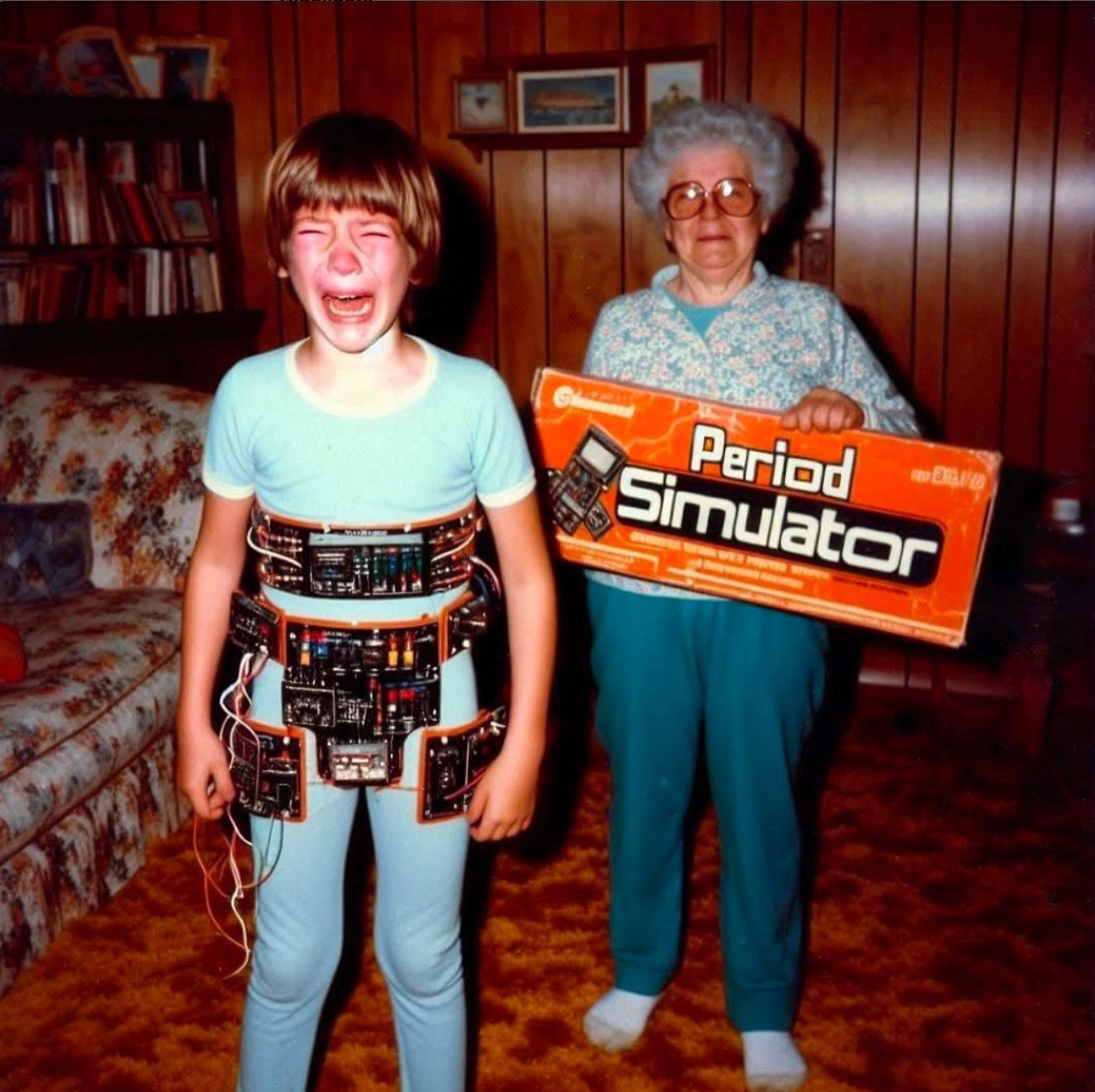Trait-Based Embryo Selection […] When a couple uses IVF, they may get as many as ten embryos. If they only want one child, which one do they implant? In the early days, doctors would just eyeball them and choose whichever looked healthiest. Later, they started testing for some of the most severe and easiest-to-detect genetic disorders like Down Syndrome and cystic fibrosis1. The final step was polygenic selection - genotyping each embryo and implanting the one with the best genes overall. […] Last month, a startup called Nucleus took the plunge. They had previously offered 23andMe style genetic tests for adults. Now they announced a partnership with Genomic Prediction focusing on embryos. Although GP would continue to only test for health outcomes, you could forward the raw data from GP to Nucleus, and Nucleus would predict extra traits, including height, BMI, eye color, hair color, ADHD, IQ, and even handedness. And this week, Herasight4 entered the space with the most impressive disease risk scores yet, an IQ predictor worth 6-95 extra points, and a series of challenges to competitors, whom they call out for insufficient scientific rigor.
Scientists in South Africa are making rhino horns radioactive to fight poaching
Multiple hypotheses have been suggested to explain why the three zebra species (Equus quagga, E. grevyi and E. zebra) are striped. […] The main hypotheses discussed during the last decade are the deterrence of biting flies, thermoregulation through stripe-generated air movement, and three anti-predation hypotheses: crypsis to avoid detection; dazzle coloration to confuse pursuers; and interspecies signalling to encourage protective mixed-species herding. Our evaluation suggests that these theories struggle to explain all aspects of variation in striping. […] Deterrence of biting flies is the theory that currently has strongest empirical support, but this theory alone struggles to explain why striping occurs so strongly in zebra but not in other African mammals, and the distribution of stripes across the body.
Physicists disagree wildly on what quantum mechanics says about reality […] [Some] argue that Copenhagen’s emergence as the default comes from historical accident, rather than its strengths. Critics say it allows physicists to sidestep deeper questions.
“That’s subjective!” People sometimes respond like this to claims about what’s true, what’s ethical, what others find beautiful or aesthetically pleasing, and more. To call a claim “subjective” seems in part to say that something important about the claim depends on the subject—the person—making the claim. What this “something” is varies depending on the claim. Are judgments like these truly “subjective”? What does “subjective” really mean?
the study of aesthetics is the study of the felt quality of perceptions of the senses, while the study of art is the study of the historical practice of making art objects.
Dark patterns: tricks to make you spend more online

 Zuckerberg went on an unprecedented hiring spree seeking to lure top AI researchers to his new team[…]
Zuckerberg went on an unprecedented hiring spree seeking to lure top AI researchers to his new team[…] 
